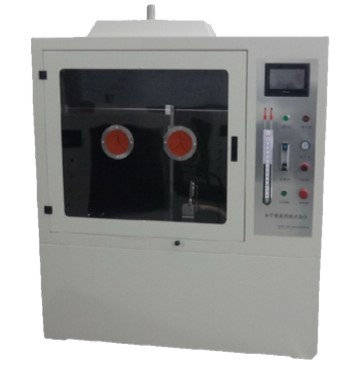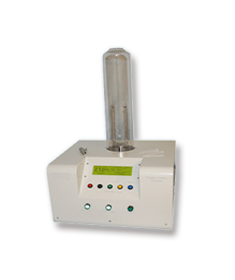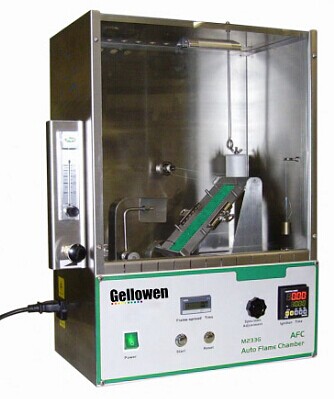
What are some other methods used to determine the flammability of textiles?
2023/11/06
1. Vertical Flammability Test (ASTM D6413):
This test assesses the flammability of textiles when exposed to a vertical ignition source. A textile sample is suspended vertically and exposed to a controlled flame for a specified duration. The flame spread rate, the afterflame time, and the char length are measured to determine the textile's flammability characteristics.
2. Horizontal Flammability Test (NFPA 701):
This method examines the flammability of textiles used in furnishings, such as curtains and drapes. The test involves placing the textile sample horizontally, exposing it to a flame for a set period, and measuring critical parameters such as flame spread, char length, and duration of flaming.
3. Radiant Panel Test (ASTM E648):
Employed for carpet flammability testing, this method measures the ignition resistance and flame spread of textile floor coverings. It involves exposing a floor covering sample to a calibrated radiant heat source and noting the time it takes for the flame to spread.
4. Oxygen Index Test (ISO 4589-2):
The Oxygen Index (OI) test evaluates the minimum oxygen concentration required to support combustion. It measures the flammability of textiles by subjecting them to a controlled environment with varying levels of oxygen, while monitoring the flame propagation.
5. Cone Calorimeter Test (ISO 5660):
This test provides several measurements related to the flammability of textiles, including heat release rate, smoke release, and toxic gas emissions. A textile sample is exposed to a controlled radiant heat source, and various parameters related to combustion behavior are evaluated.
6. Mass Loss Calorimeter Test (ASTM F1358):
This method determines the heat release rate and total heat release during the combustion of textiles. It involves placing the textile sample in a controlled environment, measuring the mass loss, and calculating the heat release rate.
7. Single-Flame Ignitability Test (ISO 11925-2):
This test assesses the ignition resistance of textiles when exposed to a small flame. The textile sample is exposed to a small pilot flame, and parameters like ignition time, flame spread, and afterflame time are recorded.
8. 45-Degree Flammability Test (ASTM D1230):
This method evaluates the flammability of textiles by observing the burning behavior at a 45-degree angle. A textile sample is placed at a 45-degree angle and exposed to a flame source for a specified duration, with parameters such as ignition time, flame spread, and melt drip recorded.
9. Smoke Density Chamber Test (ASTM E662):
This test measures the smoke generation characteristics of burning textiles by quantifying the smoke density produced during combustion. The textile sample is burned in a controlled chamber, and the density of smoke emitted is measured using optical instruments.
10. Limiting Oxygen Concentration Test (ISO 4589-3):
This method determines the minimum oxygen concentration required to support combustion of textiles. It involves exposing the textile sample to a controlled environment with varying oxygen concentrations and monitoring the ignition status.
These methods offer diverse approaches to assess the flammability characteristics of textiles. However, it is essential to consider the specific requirements of the application and the regulatory standards of the targeted market when selecting the appropriate test method. Professional testing laboratories can provide guidance on the most suitable methods for evaluating textile flammability.
Previous: Flame Retardant Rating Criteria Summary:What is Flame Retardant Rating Testing?
N e x t : What are the factors affecting tear strength of fabric?






